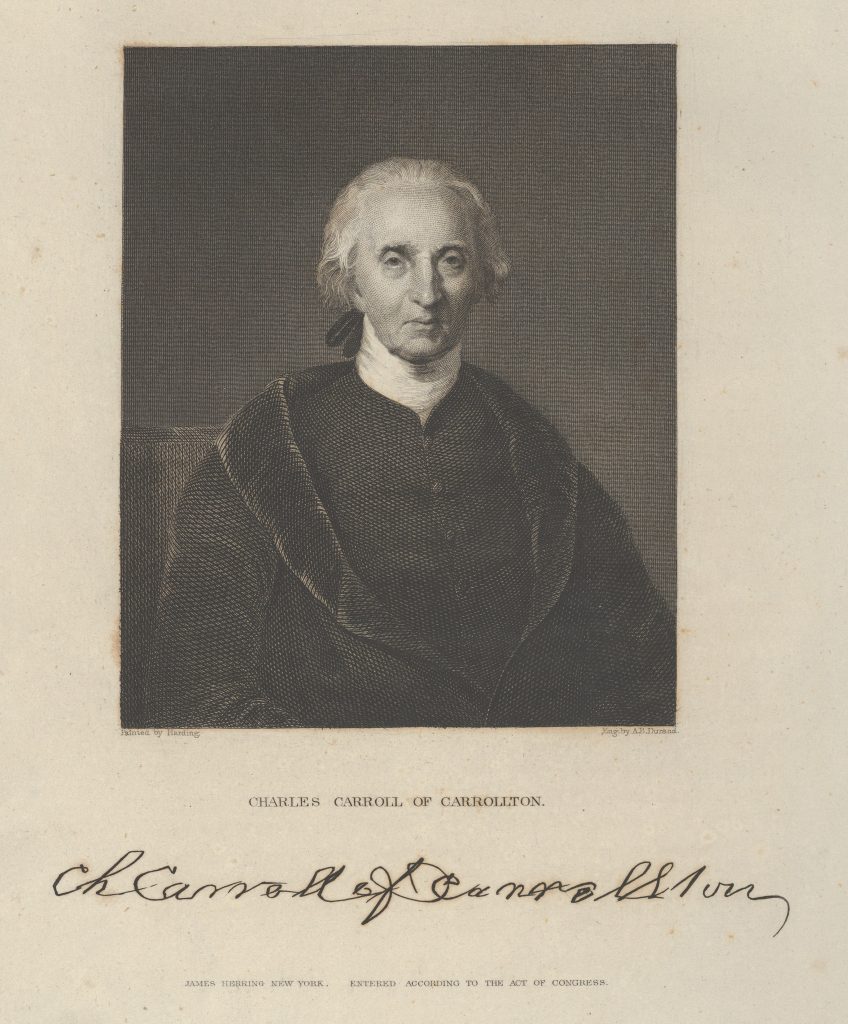
by Jill Ragar Esfeld
jill.esfeld@theleaven.org
It’s hard to come up with trivia questions about the Fourth of July that people don’t already know the answers to; but here’s a good one every Catholic should know:
Were any of the signatories of the Declaration of Independence Catholic?
The answer is yes, but only one – Charles Carroll of Carrollton.
Carroll also holds the distinction of being the longest-lived and last surviving signatory of the Declaration.
And he is remembered and referred to always as Charles Carroll of Carrollton for an excellent reason.
The brave men who signed the declaration were facing the fate of criminals guilty of treason against King George III.
When they signed their names, they pledged their “lives, fortunes and sacred honor.”
If the British were successful in suppressing the revolution, the signers would lose everything.
Carroll was the wealthiest land owner in the Continental Congress, and had the most to lose. He initially signed his name simply “Charles Carroll.”
Other signers accused Carroll of taking no risk because his name was so common among the citizens of the 13 colonies that the British would not be able to convict him of treason with certainty.
In response to this accusation, Carroll added “of Carrollton” to his signature so there would be no question of his identity.
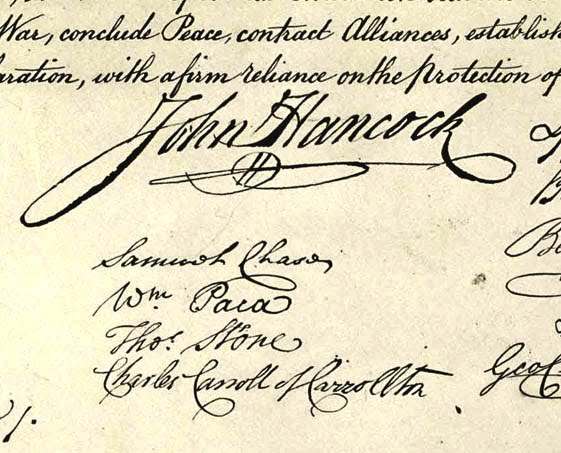
Born September 1737 to a wealthy Annapolis, Maryland, family, Carroll was raised Catholic and educated in Jesuit colleges in Maryland and France before finally studying law in Paris and London.
His education in Catholic social principles prepared him to embrace the ideals of freedom, liberty, tolerance and constitutional government, and motivated him to openly support the independence of Maryland from Britain.
Carroll believed strongly in a government with limited, checked, and balanced power.
Catholics were prohibited from participating in Maryland politics before the revolution, but that did not stop Carroll from expressing his passion for American liberty so strongly that he became a champion in the fight for independence.
His outspokenness paid off. As the colonies’ tension with Britain increased, he was allowed to serve in the Maryland delegation as the only Catholic in the Continental Congress.
Carroll served in the Continental Congress from 1776 to 1778, and then returned to Maryland to help write a constitution and form a state government.
He was elected to the Maryland state senate in 1781 and served there continuously until 1800.
Because he had experienced firsthand intolerance of his own faith, Carroll fought tirelessly for religious liberty in the United States and is remembered for breaking down barriers for Catholics and other religious minorities.
After both Thomas Jefferson and John Adams died on July 4, 1826, Carroll became the last living signatory of the Declaration of Independence.
His last public act was the laying of the cornerstone of the Baltimore and Ohio railroad on July 4, 1828.
Carroll died on Nov. 14, 1832, having outlived the first six U.S. presidents.
His funeral took place at the Basilica of the National Shrine of the Assumption of the Blessed Virgin Mary in Baltimore, Maryland.
He’s buried in St. Mary Chapel at Doughoregan Manor, his home in Ellicott City, Maryland, where he often prayed for the prosperity of our country.
On Nov. 22, 2013, Archbishop William E. Lori, the 16th archbishop of Baltimore, said a Mass at St. Mary Chapel for the eternal salvation of Charles Carroll of Carrollton. On that occasion, the archbishop said, “This is the chapel and this is the tomb of the only son of the Catholic Church who risked his life and freedom and property to sign his name to a document so that he and his descendants would be free to practice their religion in peace.”



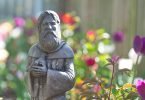
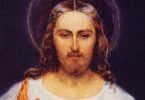

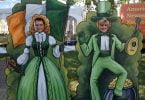
That was an interesting article about. Carroll being the only Catholic serving in our early history and to learn that the Helena bishop was related to him. Thanks for sharing that. Happy 4th of July!
He also was a relative of Bishop Carroll of Helena–not sure how close the relationship was.